For my CIP, I volunteered at the Bazaar Cafe, which is right down the road from Doshisha University. The volunteer work consisted of primarily helping out in the kitchen. I would wash dishes, clean up the kitchen, and during down time, I would chat with the other volunteers and customers.
I thought that volunteering at the Bazaar Cafe was very fun! The volunteers and staff are incredibly friendly and the atmosphere was very laid back. Some of the days, the cafe was very busy, and during those times I had to wash a lot of dishes and there wasn’t as much time for chatting. However, when the cafe became less busy, I was often treated to a free lunch and I got to have some very nice conversations with the other volunteers.
I would highly recommend this CIP to students that really want to practice speaking casual Japanese (and Kansai-ben.) The volunteers are very laid back and kind, so they’re very easy to talk to. However, I would recommend also checking what the available times are for volunteering. I volunteered on Wednesdays from 12-2PM, which is when the cafe would occasionally become busy. If you would prefer a time that is less busy, I would recommend volunteering in the afternoons (around 2-4PM.) They are also very accommodating, so if you can’t come in during your usual time, if you let them know in advance, you can just come in the following week or reschedule for another time that week.

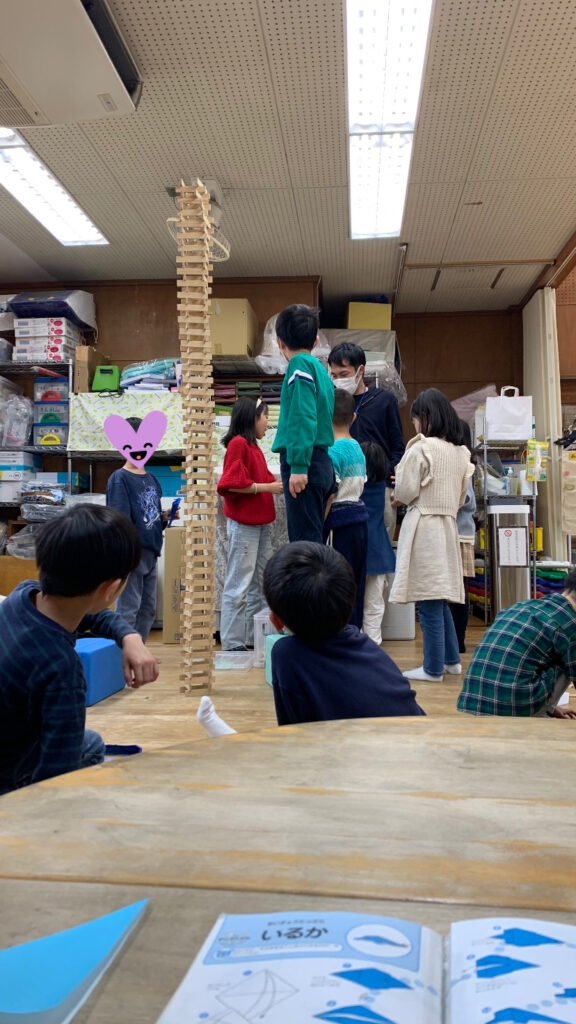
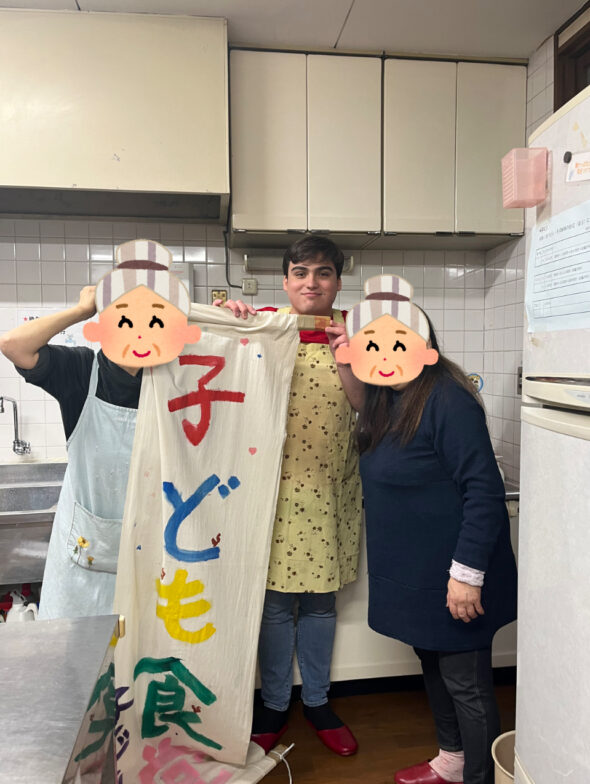
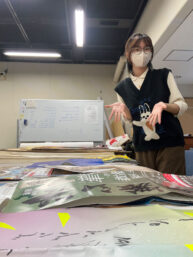
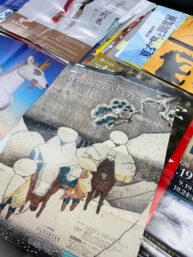
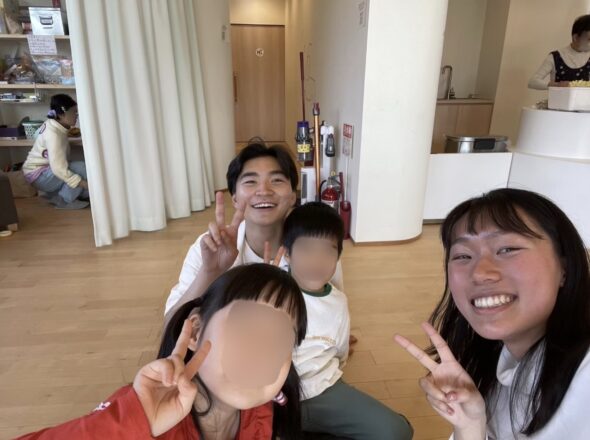
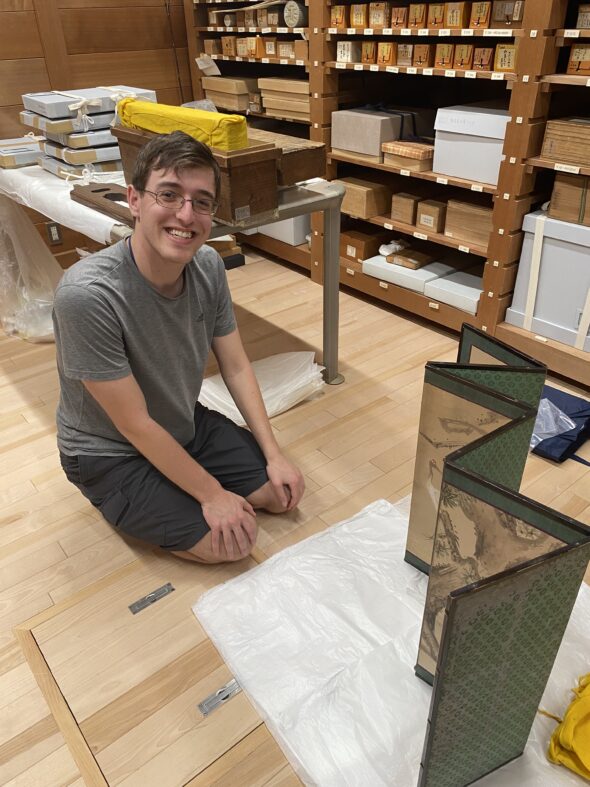
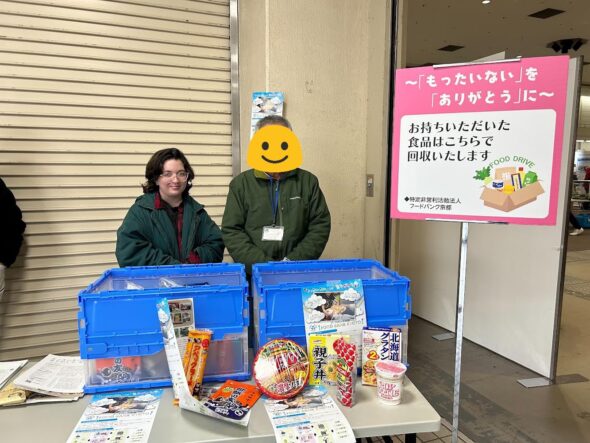
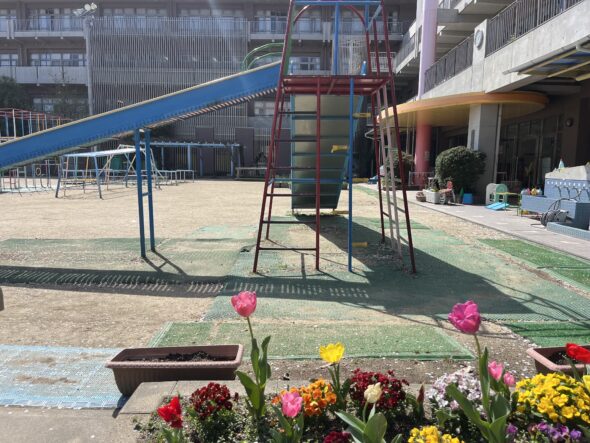
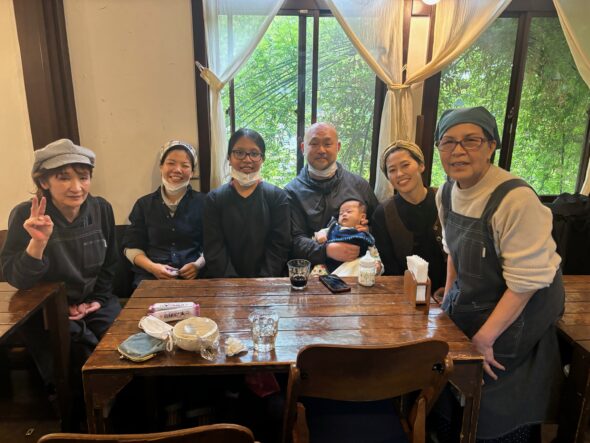 The Bazaar Cafe’s mission is to create and provide a safe space for people who are part of minority groups (sexuality, religion, age, nationality, etc.) by giving them a space to express and share their values. The people who work at the Bazaar cafe are often those who are unable to find employment in other places, due to various prejudicial reasons. Through volunteering at the Bazaar Cafe, I have met amazing people with different walks of life that have all been very accepting and interested in my individual ideas and values. By listening to their discussions about the cafe’s next steps (which include an effort to reduce the distance between college students and conversations about alcohol-related issues) at the beginning of the semester and then manually helping in the kitchen during the second half of the semester, I have been able to connect with a lot of the staff, and felt like I have contributed to the work done in the kitchen of this small but mighty cafe. Before beginning my CIP time at the Bazaar Cafe, I was warned to not be shy and instead be open to talking at the cafe. As someone who is nervous to speak in Japanese to Japanese people in fear of making mistakes, I also advise anyone who decides to volunteer at the Bazaar Cafe in the future to allow yourself to try and be open to expressing yourself. The cafe became a place where I could practice the language with locals without fear of judgment.
The Bazaar Cafe’s mission is to create and provide a safe space for people who are part of minority groups (sexuality, religion, age, nationality, etc.) by giving them a space to express and share their values. The people who work at the Bazaar cafe are often those who are unable to find employment in other places, due to various prejudicial reasons. Through volunteering at the Bazaar Cafe, I have met amazing people with different walks of life that have all been very accepting and interested in my individual ideas and values. By listening to their discussions about the cafe’s next steps (which include an effort to reduce the distance between college students and conversations about alcohol-related issues) at the beginning of the semester and then manually helping in the kitchen during the second half of the semester, I have been able to connect with a lot of the staff, and felt like I have contributed to the work done in the kitchen of this small but mighty cafe. Before beginning my CIP time at the Bazaar Cafe, I was warned to not be shy and instead be open to talking at the cafe. As someone who is nervous to speak in Japanese to Japanese people in fear of making mistakes, I also advise anyone who decides to volunteer at the Bazaar Cafe in the future to allow yourself to try and be open to expressing yourself. The cafe became a place where I could practice the language with locals without fear of judgment.